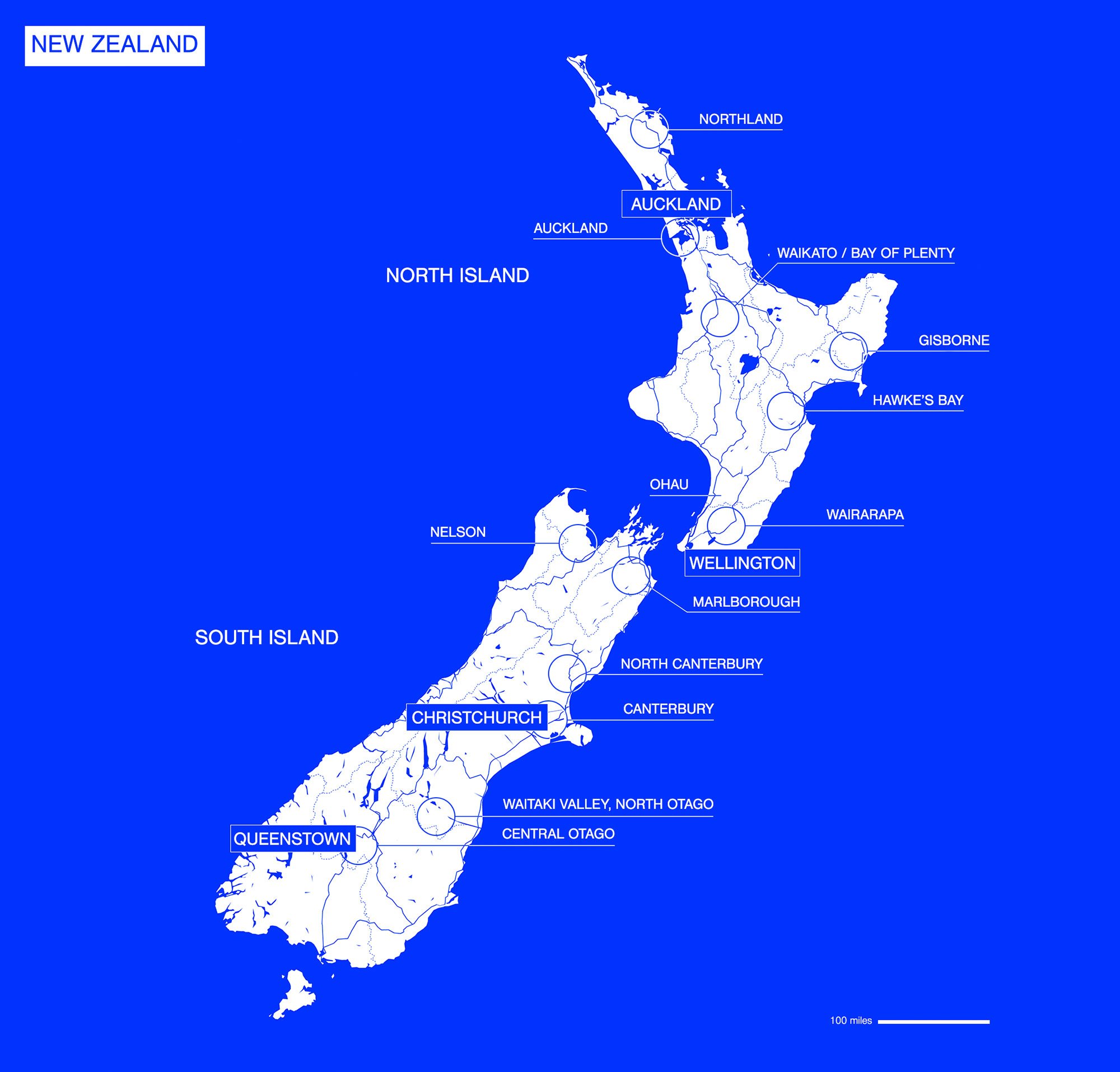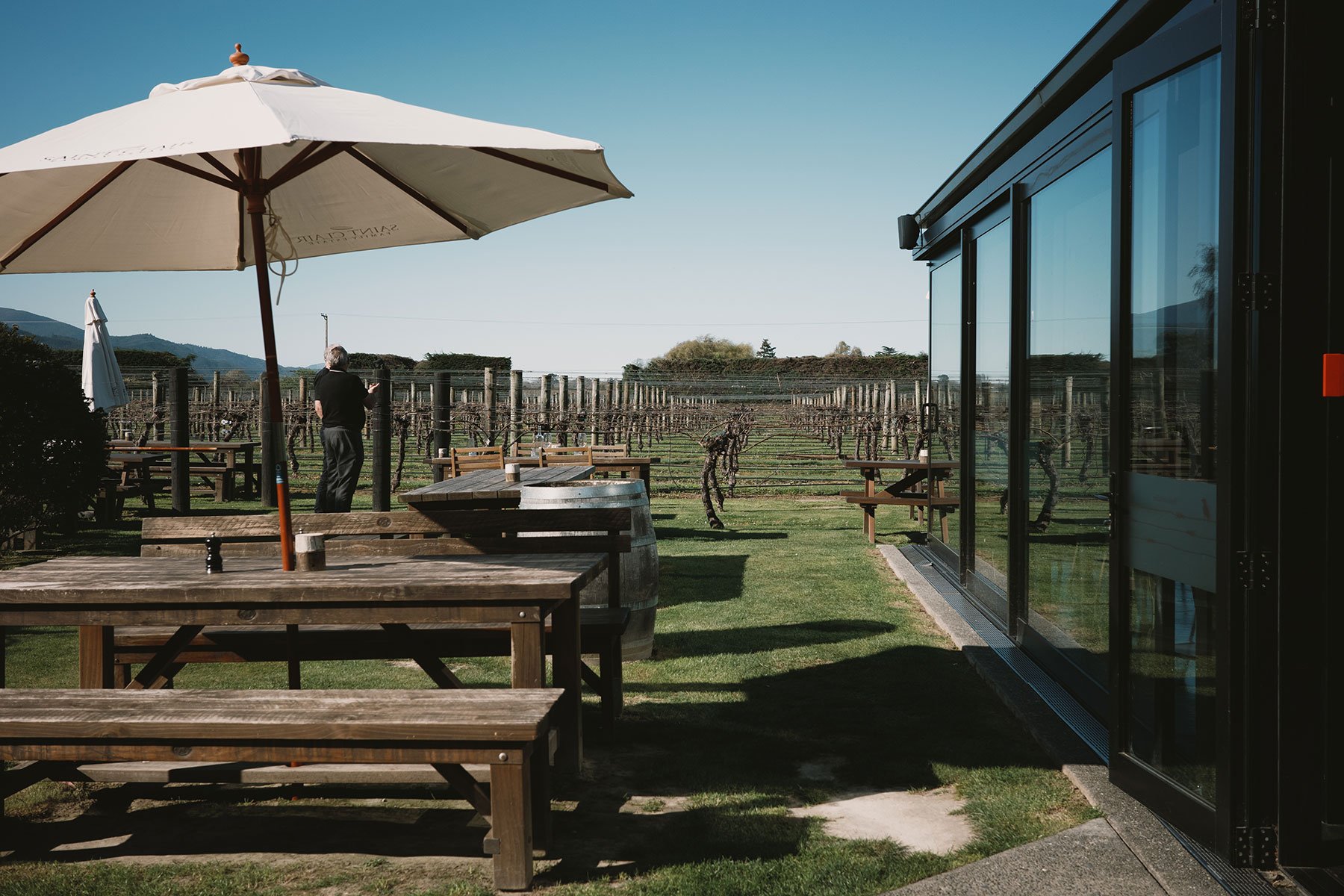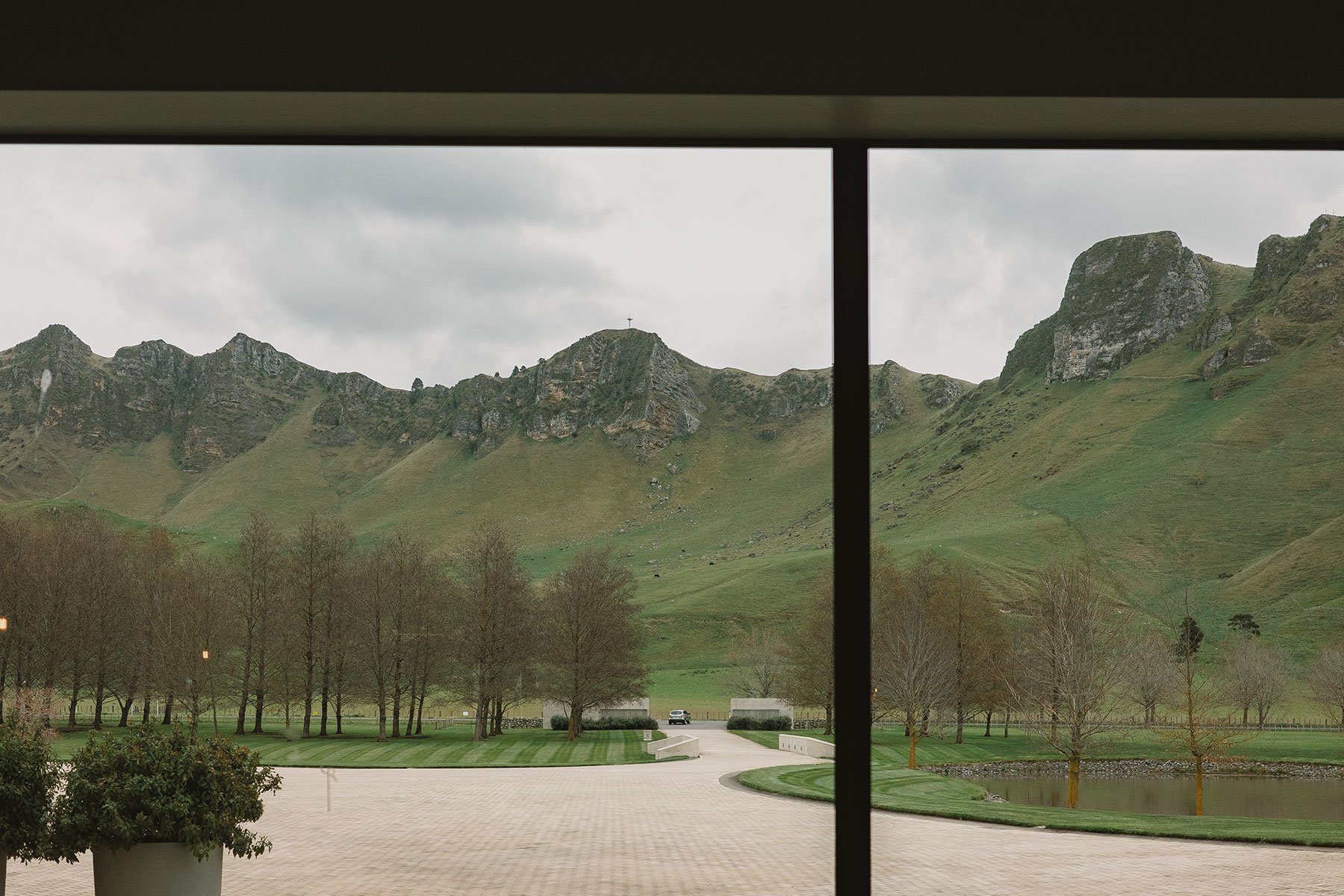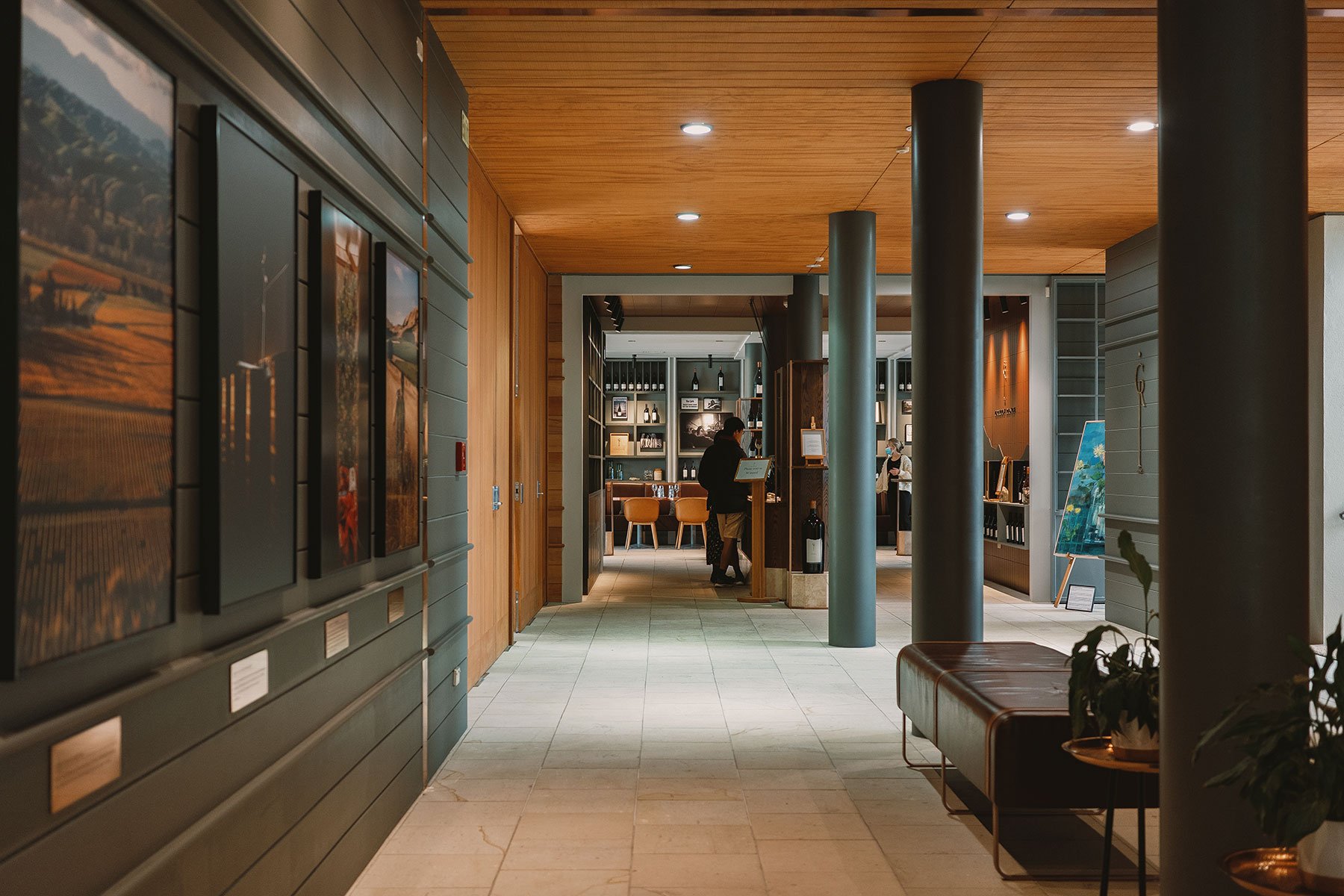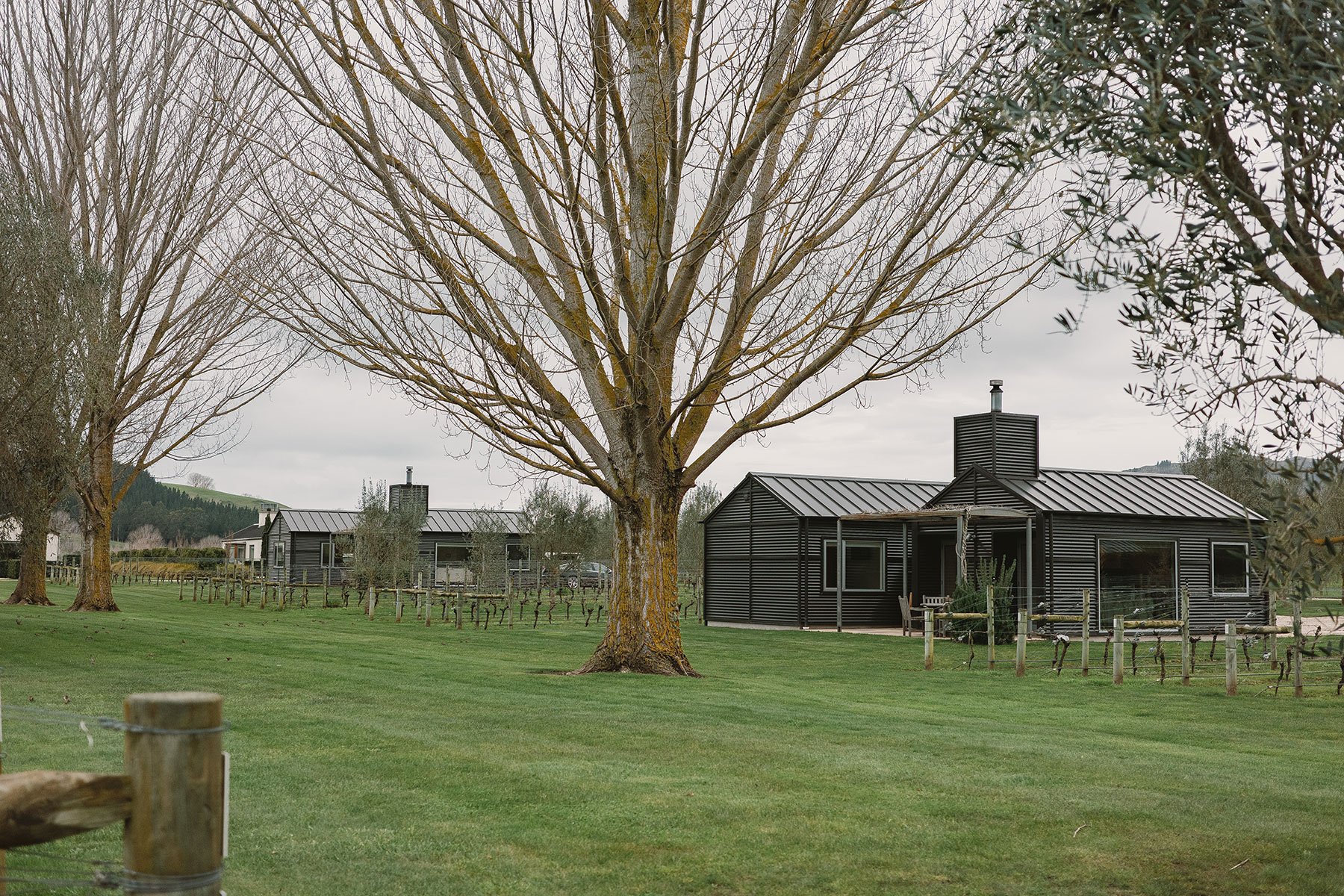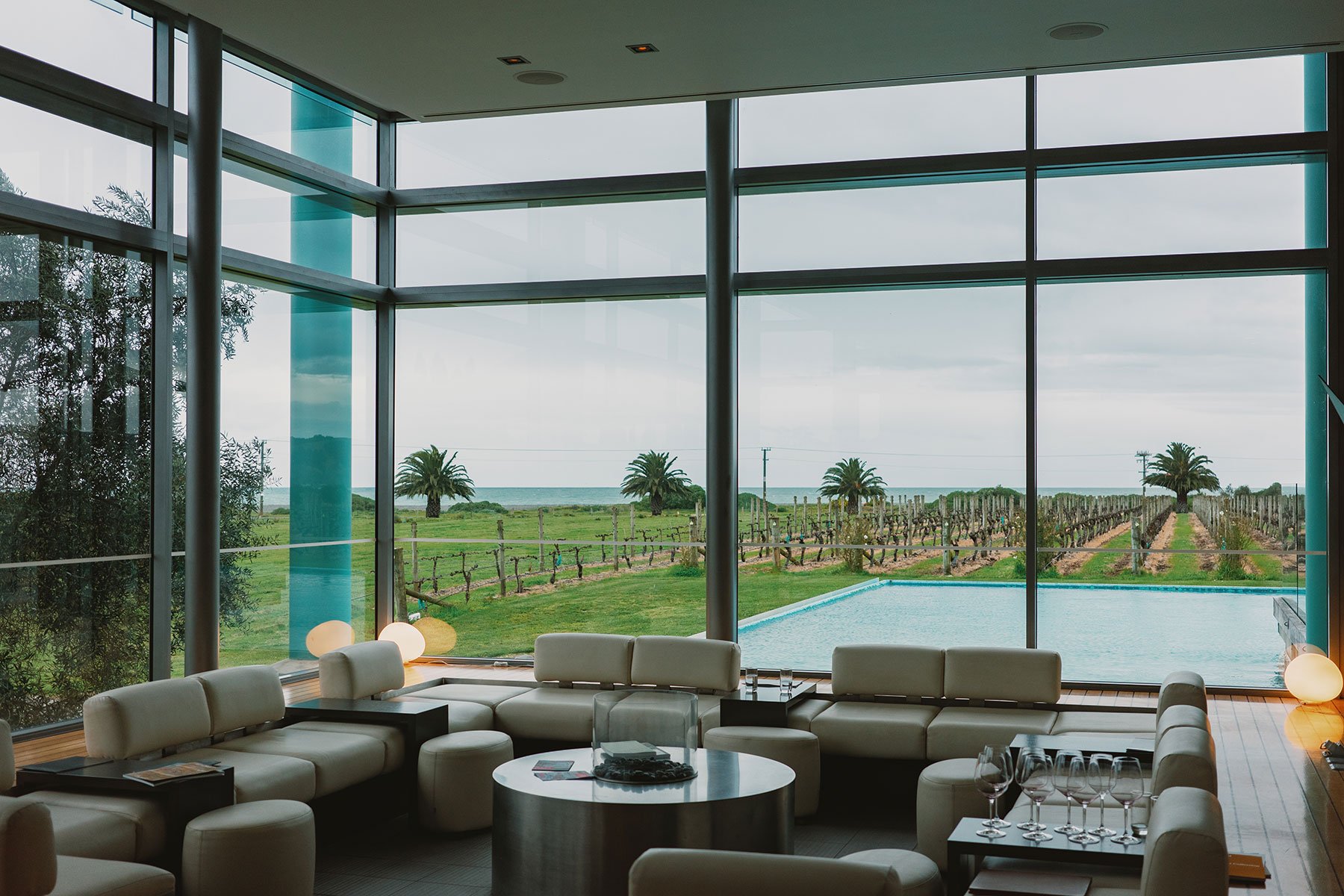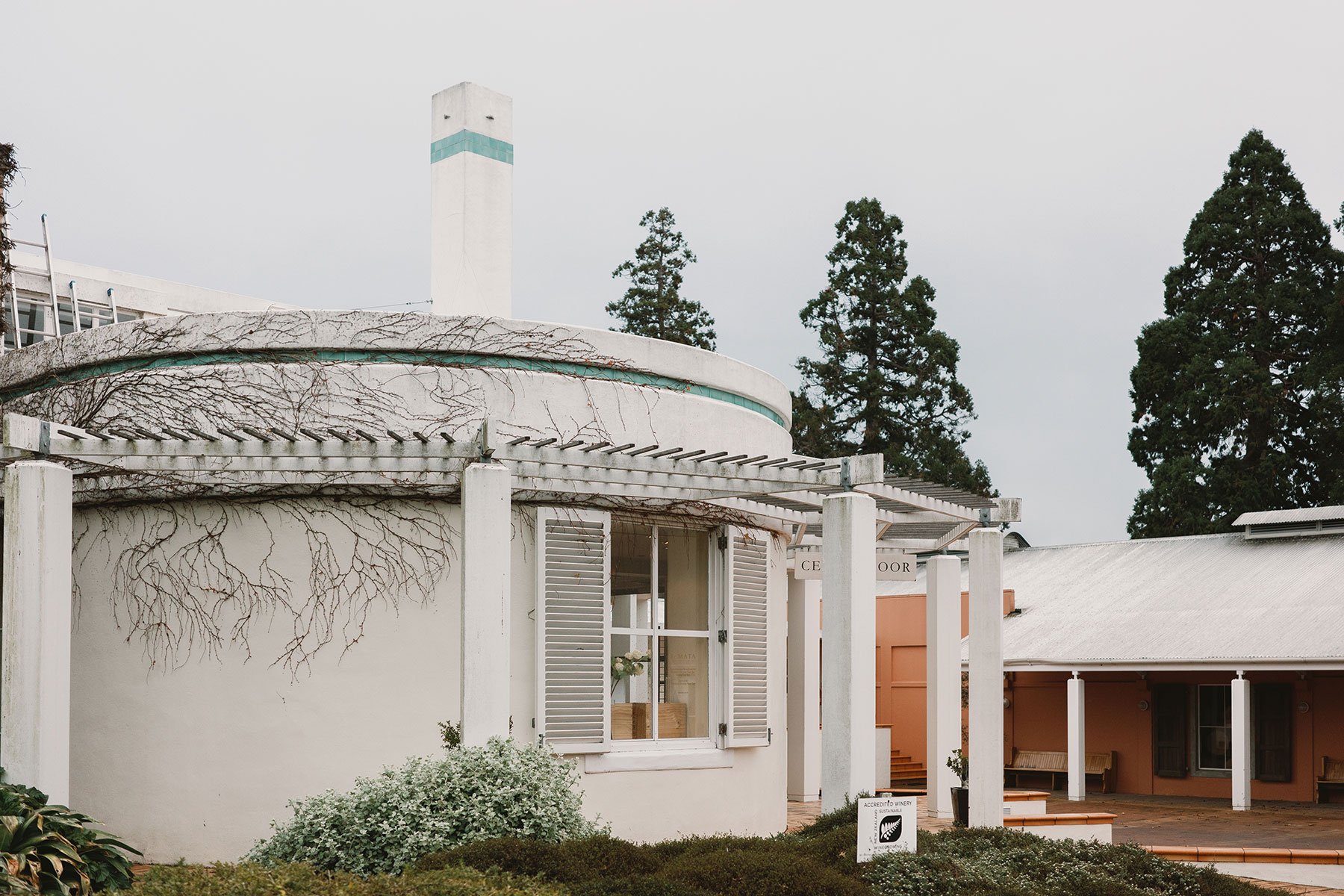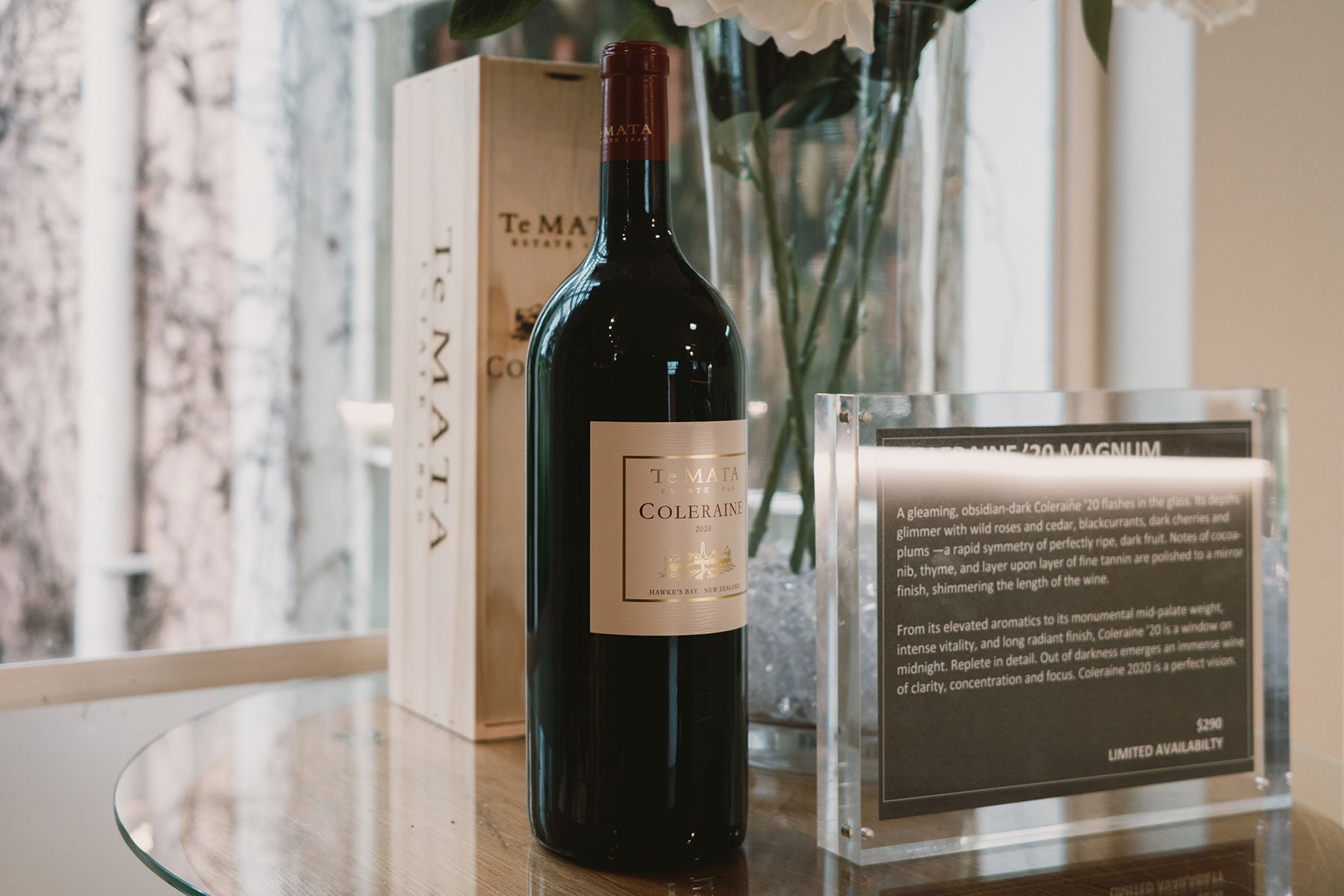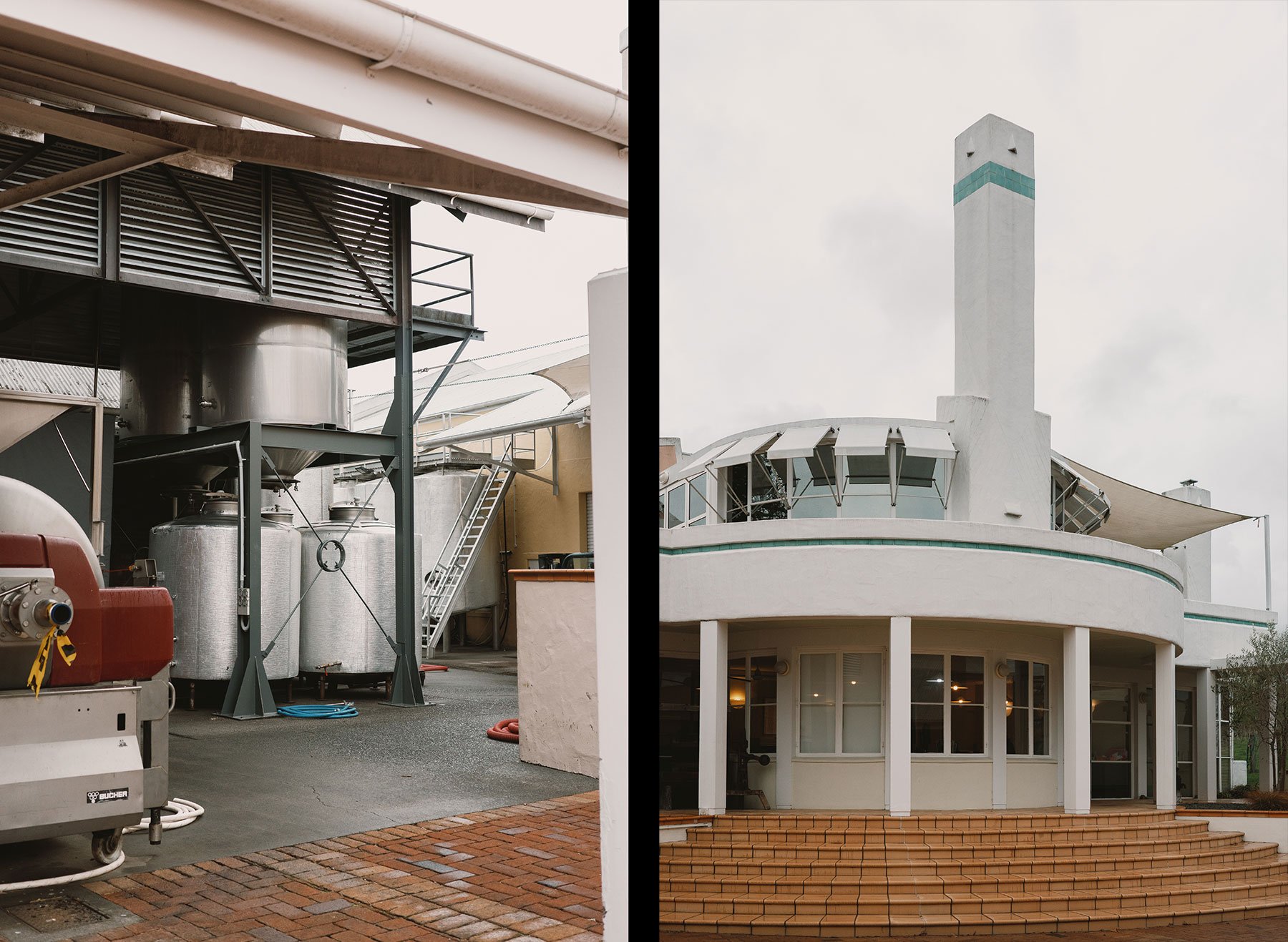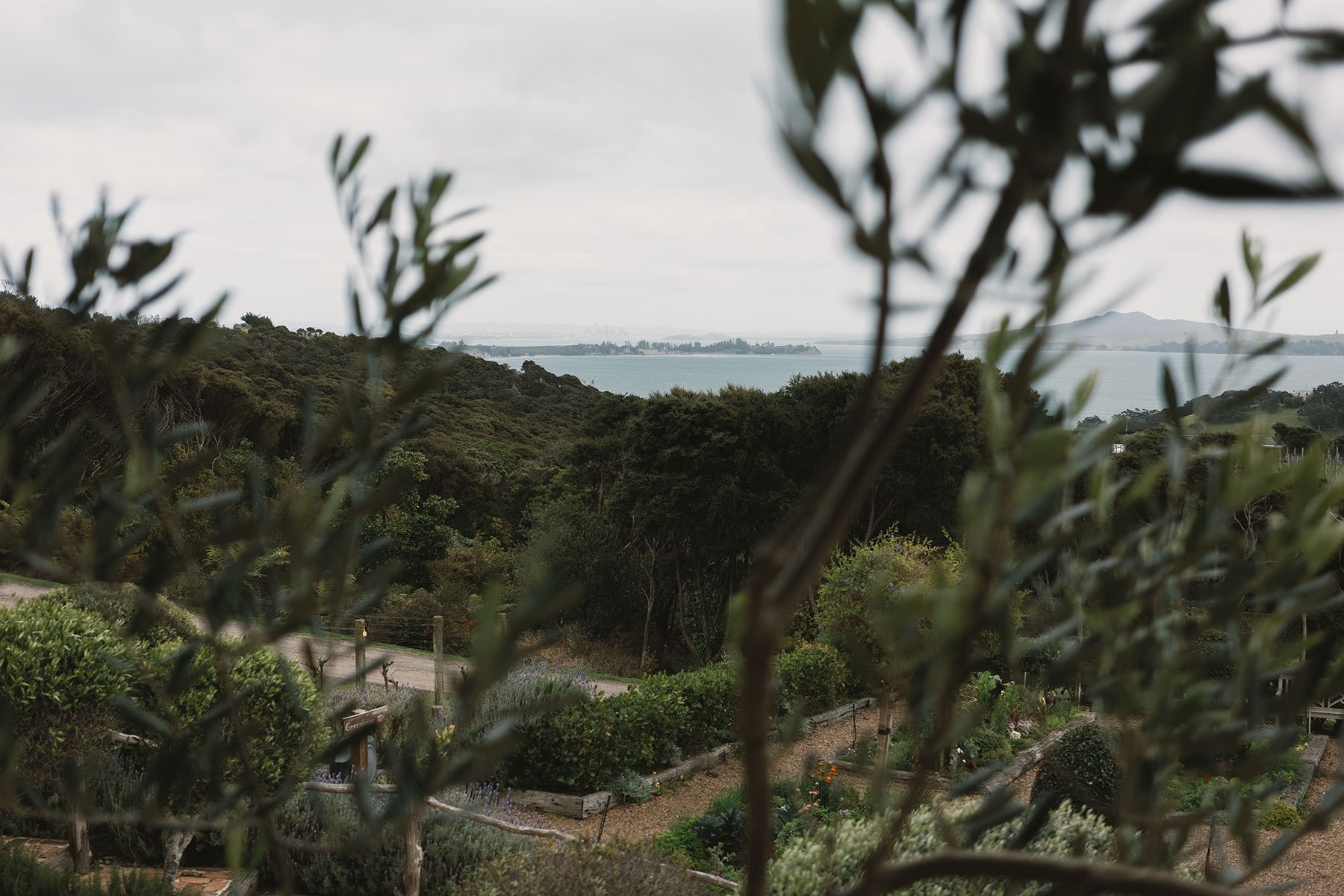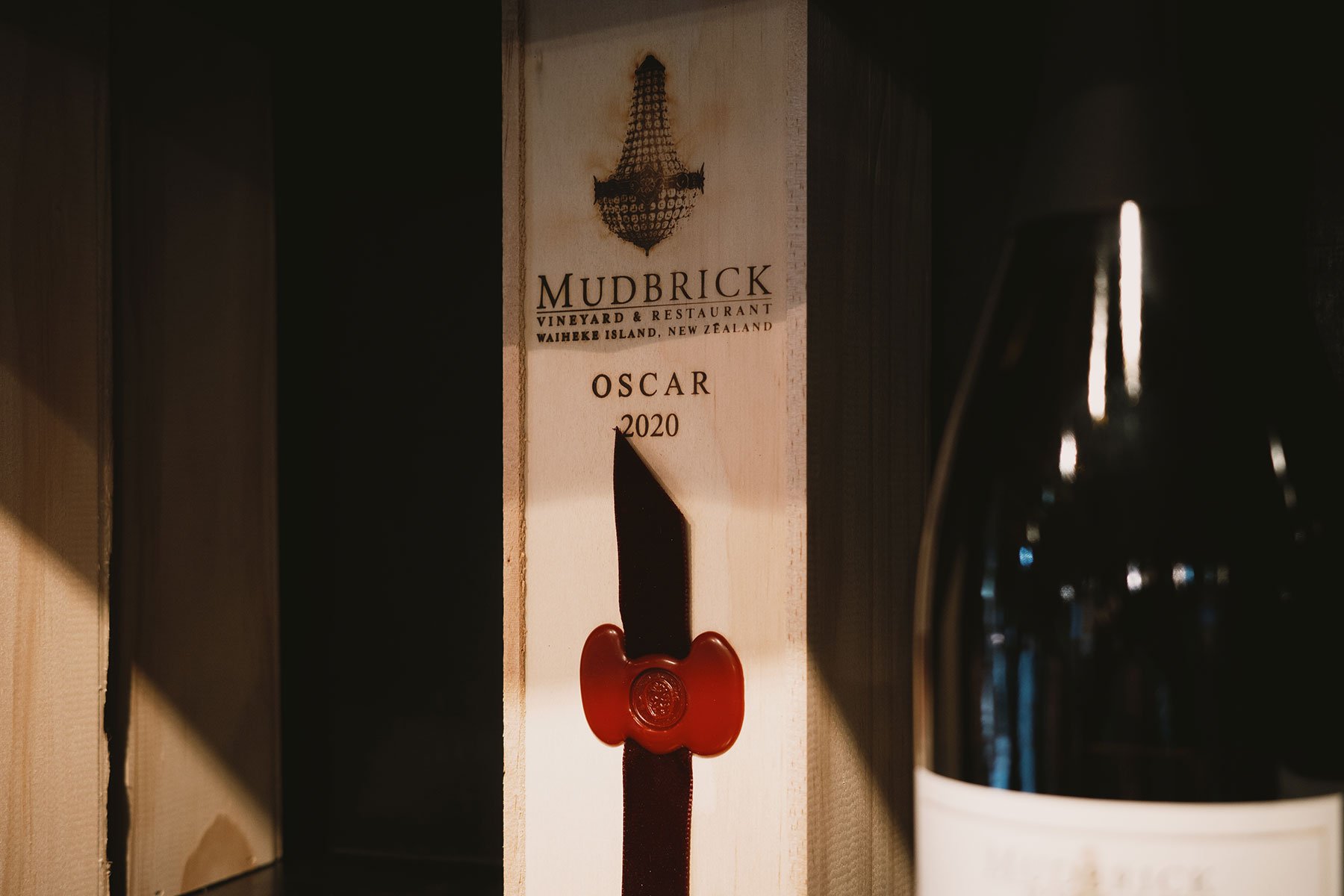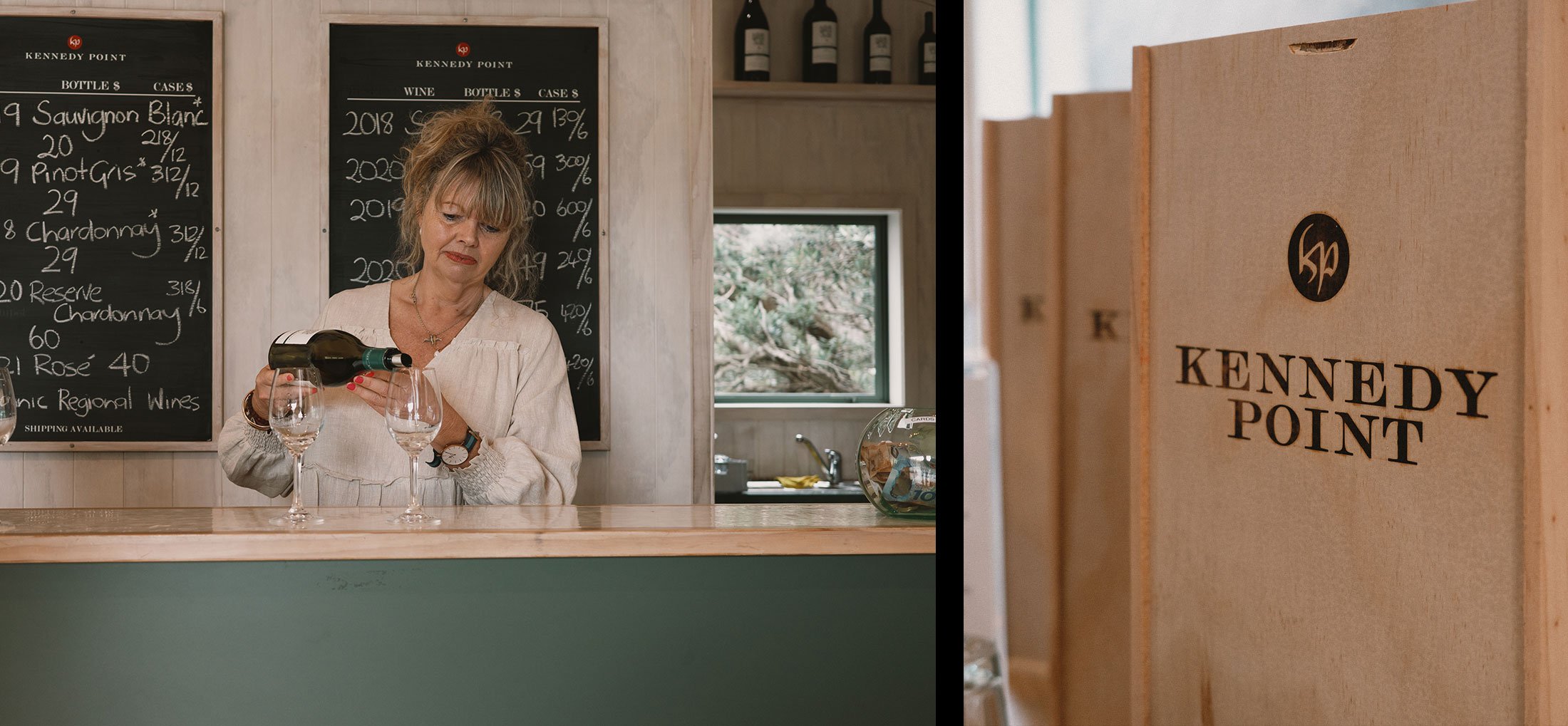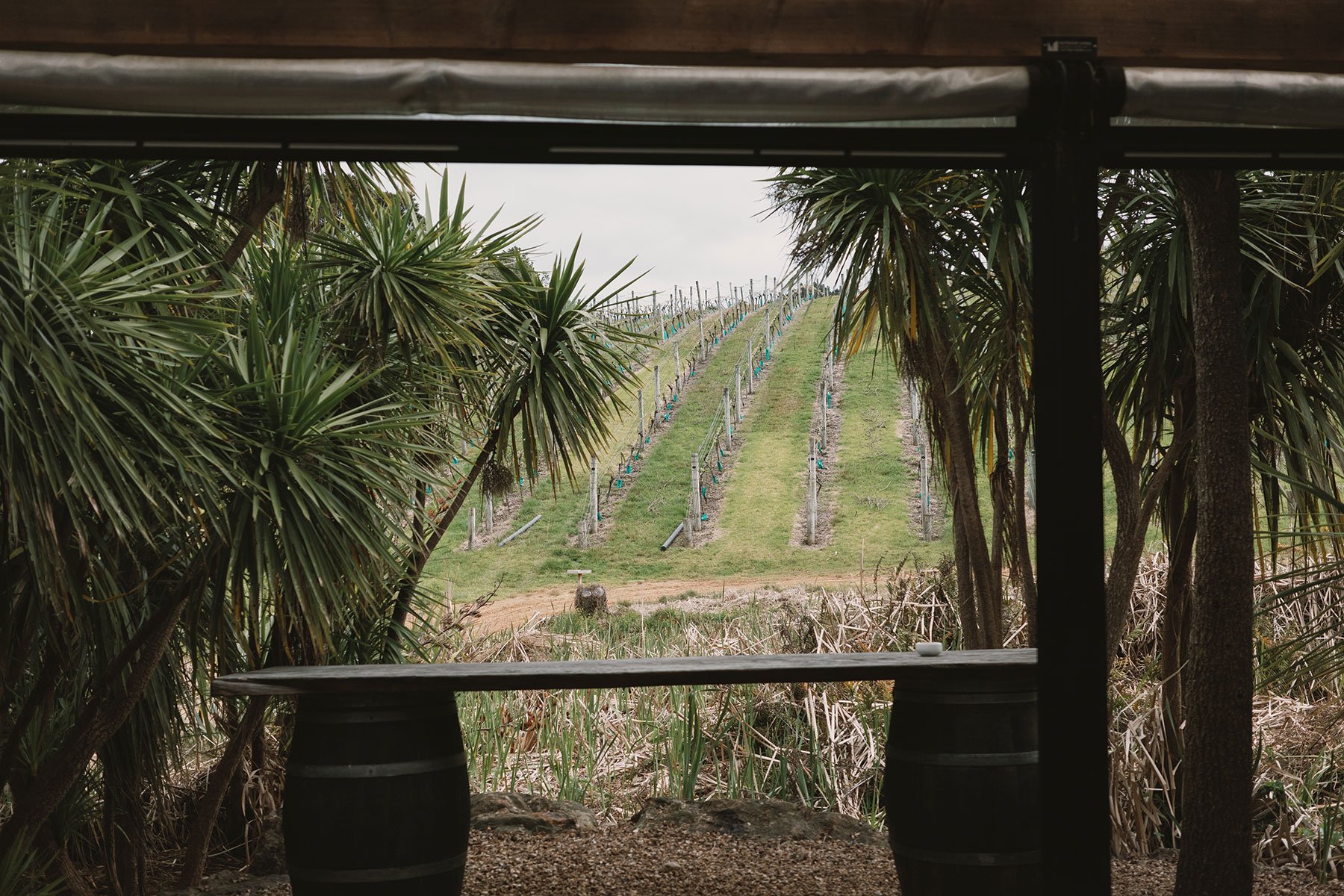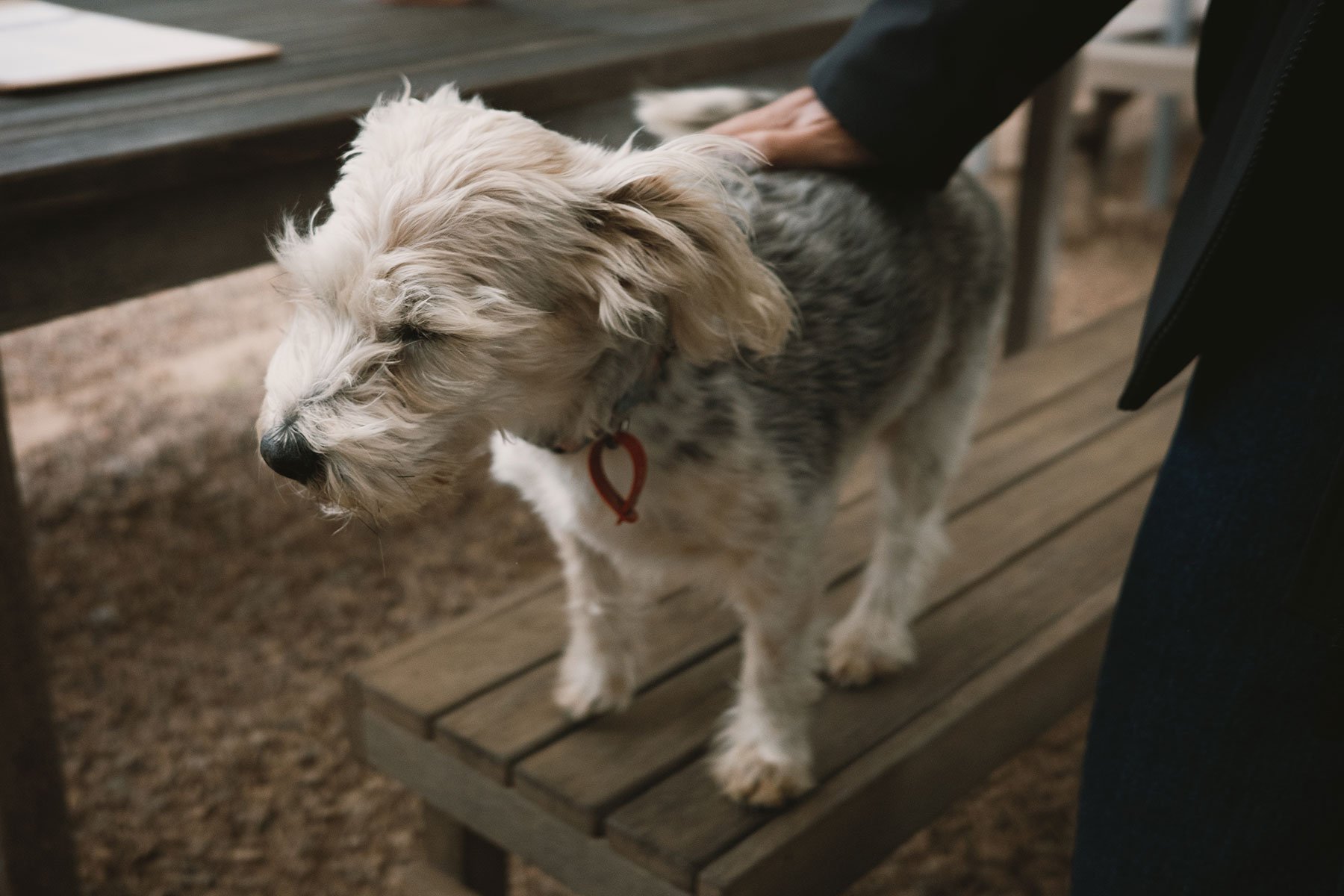New Zealand Wine Odyssey
In New Zealand, no vineyard is more than 80 miles from the ocean. The geography in this tiny country at the bottom of the world is well known for being picturesque and grand, perfect as a backdrop for movies set in Middle-earth. It turns out, it’s also ideal for winemaking.
While in New Zealand for a project, we made a point of learning more about the wine industry, which has gained global recognition in recent decades. We wanted to visit some of the better-known regions and vineyards in person—partly for research, since we have many vineyard clients and it gives us a more well-rounded understanding of wine branding, and partly to satisfy our own curiosity.
Havelock North in Hawke’s Bay
New Zealand’s wine regions
Across the North and South islands of New Zealand, the 11 official wine producing regions span 700 miles and more than 10 degrees of latitude. From subtropical Northland down to the cold, dry desserts of Central Otago, there are a multitude of micro-climates and soil types that favor a range of varietals. However, the wine that put New Zealand on the world wine map is Sauvignon Blanc. Nearly 85 percent of its wine exports are this aromatic, citrusy white varietal.
Our introduction began in the sunny Marlborough region, located in the northern part of the South Island and producer of the bulk of the country’s Sauvignon Blanc. Here, we visited one of the most iconic vineyards, Cloudy Bay. Founded in 1985 and now owned by the luxury goods conglomerate Moët Hennessy Louis Vuitton (LVMH), this is the vineyard that is most synonymous with New Zealand Sauvignon Blanc. A standout was the 2019 Te Koko, fermented in oak rather than stainless steel and aged for three years, which lent this Sauvignon Blanc a unique complexity. Other vineyards we stopped at include Saint Clair Family Estate and Nautilus, both smaller vineyards with impressive offerings.
Cloudy Bay Vineyards was the first to bring global attention to New Zealand wines and helped change perceptions of Sauvignon Blanc.
At Nautilus with tasting room manager Katrina Murphy
Lunch at Saint Clair Vineyard Kitchen
As our travels for work took us up through the North Island, we were able to explore Hawke’s Bay, along the eastern coast. Even the dreary spring weather didn’t detract from the rugged scenery of the country’s oldest (and second largest) wine producing region. Stops at Craggy Range, Elephant Hill, and Te Mata Vineyard confirmed that New Zealand wine is much more diverse than Sauvignon Blanc alone. The climate here is conducive to producing excellent Bordeaux-style blends, in addition to Chardonnay, Syrah, and Pinot Gris.
Craggy Range with Te Mata Peak in the background
Craggy Range offers a variety of lodging options, including luxury cottages situated next to the vineyard.
Elephant Hill’s distinctive copper cladding has a natural turquoise patina that is meant to mimic the colors of the ocean.
Te Mata Estate Winery in Hawke’s Bay is New Zealand’s oldest winery, founded in 1895.
A final stop in Auckland led to a side trip to Waiheke Island, home to more than two dozen wineries just a 40-minute ferry ride from the city. The hilly landscape makes for excellent growing conditions and affords sweeping views of the surrounding water. The island is known for its Bordeaux-style blends, which we were able to sample at boutique vineyards such as Mudbrick, Kennedy Point, and Obsidian.
The entrance to Mudbrick Vineyard on Waiheke Island
Onetangi Beach, on the north coast of Waiheke Island, overlooks Onetangi Bay.
Lunch at Three Seven Two across the road from Onetangi Beach
New Zealand may only account for 1 percent of the world’s wine production, but its reputation continues to grow. We didn’t have time to explore as fully as we would have liked, but we at least got a good first taste. After seeing a number of places firsthand, talking to locals, tour guides, and vineyard employees, and (most importantly) drinking the final product, we emerged with a more complete understanding of and respect for New Zealand wine. ⌁
A visit to Kennedy Point, Waiheke Island's only certified organic vineyard
The hangar-like building at Obsidian Vineyard


